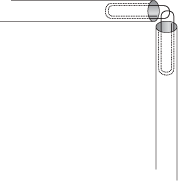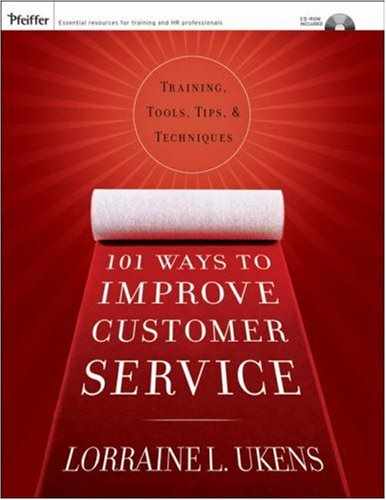Goal

To examine the impact of goal setting and resource utilization on task completion. Participants will work in groups to build the highest freestanding structure from drinking straws using the least costly resources.
Materials

Several boxes of bendable drinking straws, paper clips, rubber bands, pins, and masking tape
One copy of the Last Straw Requisition Form and a pencil for each subgroup
A measuring tape or yardstick
Scissors
Prior to the session, place the materials (straws, paper clips, rubber bands, pins, tape) on a table that is easily accessible to all groups.
Form subgroups of three to five persons each.
Explain that teams will attempt to construct a freestanding framework of drinking straws that is taller than any other team’s structure using the least costly set of materials. The winner will be determined using the calculation formula of $5 per inch of height minus the total cost of materials. Additional building materials include paper clips, rubber bands, pins, and masking tape. Teams will have 10 minutes to plan and 20 minutes to carry out the construction phase.
Note
Note You may wish to allow teams to discover how to join the straws, or you can demonstrate some ways in which the straws can be joined: squeeze one end of a straw and place it inside another straw; use pins or masking tape to hold straws together; use rubber bands to bind straws where they intersect; or connect them with paper clips, as shown in the figure.

Distribute one copy of the requisition form and a pencil to each subgroup.
Allow teams 10 minutes to plan and complete the requisition form. Collect the forms and distribute the materials to each team as requested.
Signal for the construction to begin. Time the activity for 20 minutes, giving a 3-minute warning before time expires. During this time, use the flip chart to record the cost of materials purchased by each team; keep the information concealed.
Measure each structure and record the height for each team on the flip chart next to the cost. Determine the winner by using the calculation formula of $5 per inch for height minus the total cost of materials.
Facilitate a large group discussion by asking the following questions:
Source: Adapted from Ukens, L. L. (1995). Skyscrapers. In Working together (pp. 132–134). San Francisco: Pfeiffer.
Directions: Indicate the number of each supply item that will be purchased and calculate the final cost for the materials. Submit this form to the facilitator prior to the construction phase.
Quantity | Item | Unit | Price | Cost |
|---|---|---|---|---|
Straws | Each | $10.00 | ||
Rubber bands | Each | $2.00 | ||
Pins | Each | $1.00 | ||
Paper clips | Each | $2.00 | ||
Masking tape | Inch | $3.00 | ||
Total Cost |
